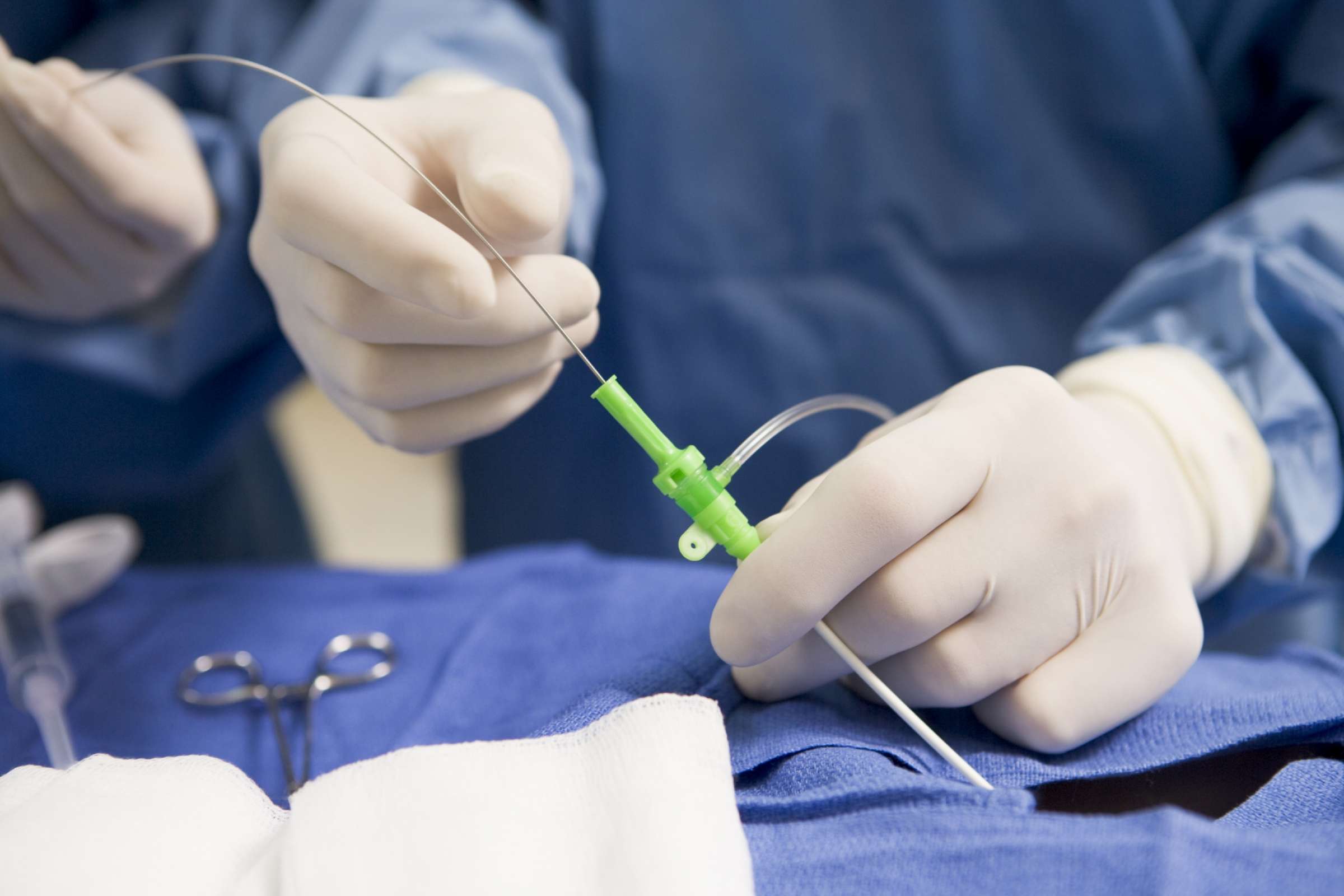How to Manage the Development of Combination Products
Combination products are a hot topic in healthcare. These products combine two areas of medicine: medical devices and drugs/biologics. While these products open doors to exciting new possibilities in the medical world, they also bring new challenges. In his recent article “Combination Products 101: A Primer For Medical Device Makers”, Michael Drues, president of Vascular Sciences, discusses some of these challenges.
Combination products can give your company an advantage in a highly competitive market. However, it is important to be aware of the challenges associated with these products and to stay ahead of them rather than learn from mistakes down the road. Here’s our take on some the challenges companies face and how to address them.
Combining Knowledge Sets
Challenge
The people who develop medical devices often know very little about developing drugs and vice versa. This complicates development for products in which a device and a drug work together.
Solution
As Dr. Drues points out in the article, “design engineers look at the world from a mechanical or electrical perspective” while molecular biologists are look at nucleobases in our DNA. With combination products, both groups contribute to product design. For example, an engineer approves device specifications and a pharmacologist approves drug specifications. This joint product development model will require the engineer and the pharmacologist to communicate with each other and, consequently, get a better understanding of each other’s practice.
One-third of all medical products under development are combination products, so the industry will need to adapt to approach product development differently. To simplify the joint product development challenge, companies should consider Product Lifecycle Management (PLM) technology. PLM can directly impact the process by ensuring that specific roles with the appropriate qualifications have reviewed and approved a product before it moves to the next stage in the development process.
Molding the Development Processes to Comply with New Combination Product Regulation
Challenge
Organizations with combination products must navigate the various regulatory pathways to demonstrate compliance. Previously, combination product companies had to manage to part 820 for devices; parts 210 and 211 for pharmaceuticals; parts 600-680 for biologics; or part 1271 for HCT/Ps (Human Cells, Tissues, and Cellular and Tissue-Based Products) regulations. However, the new 21 CFR 4.4(b) regulation integrates all of these together. While this constructs some order from a documentation perspective, it also creates a massive increase in complexity by integrating disciplines with limited or no experience working together.
Solution
The FDA has released a draft guidance document: “Current Good Manufacturing Practice Requirements for Combination Products”. This draft guidance defines combination products, lays out the framework for the final rule on Current Good Manufacturing Practice (CGMP) requirements, and suggests compliance recommendations. Organizations looking to build a compliant development infrastructure around combination products can also use PLM to ensure that appropriate CGMP, Quality System and Current Good Tissue Practice (CGTP) regulations are enforced throughout the enterprise.
